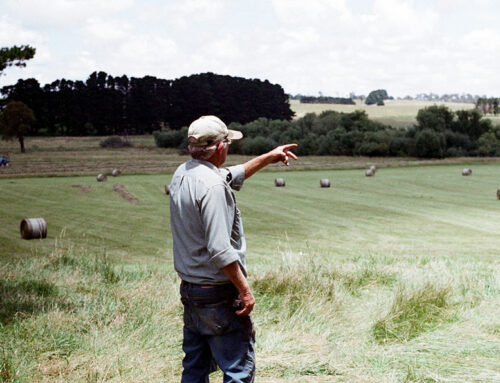The farm bill was in the spotlight this week courtesy of President Trump’s appearance at the American Farm Bureau Federation’s annual convention. In a campaign style speech before a very friendly crowd he jokingly told the attendees “I support a bill that includes crop insurance, unless you don’t want me to.” That got a few laughs from the crowd of farmers and ranchers, who support crop insurance. But the need to reform one of the costliest federal subsidy programs into something that works better for all parts of agriculture, rural communities, and taxpayers, is no laughing matter.
Crop insurance is actually a permanent entitlement operating independent of the farm bill, which is passed once every five or six years. While some form of federal crop insurance has been around since 1938, the current program took root once the Agricultural Risk Protection Act of 2000 authorized massive taxpayer subsidies to cover much of the cost of policies. A crop insurance section has only appeared in the last two farm bills (2014 and 2008). It has such an exalted status that while other farm programs, and many other “mandatory” programs outside of ag, were hit with across-the-board cuts in 2013 after the “Super Committee” failed to pass a deficit reduction package, the crop insurance program was exempted.
As for the crop insurance program, it is a highly subsidized program that allows agricultural producers to shift their business risk onto taxpayers. Projected to cost $8 billion annually, though as expensive as $14 billion in 2012, it is now the most expensive taxpayer support for agriculture, outstripping all other agriculture safety net programs. As important as its price tag, crop insurance is a shining example of a government program filled with costly inefficiencies that detract from the program’s goals and produce unintended consequences.
More than 70 percent of federal crop insurance policies are revenue policies, protecting farm businesses from dips in anticipated revenue, rather than from crop loss due to unexpected weather or disease. Farm businesses can obtain insurance policies guaranteeing as much as 85 percent of the revenue they anticipate. Through a feature known as Harvest Price Option, many of these policies retroactively increase revenue guarantees if prices are higher at harvest than anticipated at planting. Meaning they do not reduce guarantees if prices go down.
Just like federally subsidized crop insurance, bipartisan efforts to implement common sense crop insurance reforms are also a permanent feature in Washington. President Obama repeatedly proposed reforming crop insurance including changes in his last budget that would have saved $18 billion over ten years. President Trump’s very own budget calls for reforms totaling $29 billion in savings over ten years. In Congress, support for reform is broad and bipartisan as well. Members of the House of Representatives, including Congressmen Kind (D-WI), Duncan (R-TN), and Blumenauer (D-OR) have all introduced and co-sponsored legislation reforming crop insurance to provide a better return on investment to the taxpayer. Senators Flake (R-AZ), Shaheen (D-NH), and Thune (R-SD) have also introduced and co-sponsored legislation reforming crop insurance.
We need these changes. Currently, the benefits of the federally subsidized crop insurance program are concentrated on a small number of agricultural businesses. The American Enterprise Institute just issued a report that found farms in the top 10 percent of crop sales received 68 percent of crop insurance subsidies in 2014. Also, farms in the top 2 percent received $50 per acre in crop insurance subsidies. That is four times higher than the average per-acre subsidy of $12.28. And while there are 130 crops that can technically purchase some type of insurance coverage, the overwhelming majority of the cost of the program is due to providing revenue insurance policies for corn, soybeans, and wheat, which received $4.458 billion in crop insurance premium subsidies in 2017. That’s an eye-popping 73 percent of the total amount paid.
With Congress laying the groundwork for a rewrite of federal agriculture policy in an Omnibus Farm Bill, now is the time to begin reorienting Washington’s role in agriculture to better serve the interests of the entire agriculture sector, consumers that use agricultural goods, communities impacted by agricultural production, and federal taxpayers who are footing the bill. Congress and the administration must cast a critical eye on the performance of federal agriculture programs in the wake of the 2014 farm bill, which has not helped the average producer and consumer. The goal must be to create a cost-effective, transparent safety net for agricultural producers that is responsive to current needs and conditions, and in which all parties are held accountable for producing results benefitting the public interest.











Get Social